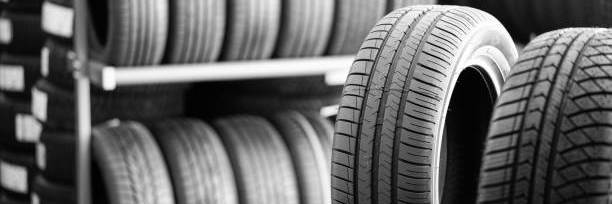Frank Castle's blog : A Comprehensive Guide to Tyres and Other Essential Information

Alright, so you most likely know a fair amount about the functions and characteristics of tyres. However, were you aware that certain tyres are manufactured with orange oil, and that some Roadstone Tyres have a strong lavender scent when heated? Not in our opinion. Don't worry, we're here to help you sort through the many various varieties of tyres that are available, including run-flat, eco, low profile, high performance, and all-terrain.
Every tyre has a unique ID number that makes it appear less like a label and more like a high school mathematics test. It follows that finding the proper tyre is a difficult task. Understanding the fundamentals of tyres might save you money as well.
TYRE TYPES
There are several varieties of automobile tyres available. These are a few of the primary classifications utilised for various automobiles.
Regular: The most common type of radial tyre used on autos.
Sport tyres are high-performance tyres made for speed and traction.
4X4: Tough, heavy-duty tyres with wide blocks of tread designed to cling to rough terrain.
SUV tyres are akin to standard tyres but designed to accommodate bigger cars.
TYRE SIZE
The tyre's dimensions are the most visible set of numbers on the side of the tyre. Four portions may be made out of these numbers:
Tread width, measured in millimetres.
Sidewall (profile) width is expressed as a percentage.
What type of tyre is that? The diameter, measured in inches, of the rim that it fits on.
It makes sense that having percentages, metric units, and imperial units all in one figure would be confusing!
I'll give you an example. When a tyre's number is 235/40 R17, it indicates:
The tread width of the tyres is 235 mm.
Thirty per cent of the tread's width is made up of the sidewall.
the letter "R" stands for radial.
fits a 17-inch rim, which is the diameter of the wheel.
TYRE SPEED AND LOAD RATING
A speed and load rating follow the tyre size figures. If you want to tow, haul, or drive your automobile to the track, these are very crucial. You will need to consult a chart to determine exactly what these numbers mean because, regrettably, they are only reference numbers rather than the weight or speed figures themselves.
235/40 R17 91Y, for example, is the numerical value.
The load index, or the maximum weight that may be put on each particular tyre, is represented by the number (91). The weights vary from 462 kg to 900 kg, and the reference numbers are 81 to 96. As the index number "91" is 630 kg, our vehicle can carry a weight of 2520 kg.
The highest speed the tyre is capable of is indicated by the letter (Y). The reference letters are N through Z and range in speed from 140 km/h to 300 km/h (Y).
The appropriate minimum tread depth
How is the tread depth measured? The little, 1.6 mm tall protrusion in the rough tread grooves of your tyres are the required minimum tread depth. You can determine how worn out your tyres are by comparing them to yours. The gold edge is 4 mm in width, so you can also fit a one-euro coin in the grooves.
How much tread should my tyres have?
Your tyres are better at removing water from the tread and preventing aquaplaning if they have a deeper tread. Your tyre will have significantly less traction on a wet road, even if the tread depth is only slightly less than 4 mm. The cause is that your tyres lose touch with the road and the profile is unable to adequately drain water. When the tread is too thin, make sure you get replacement tyres installed rather than taking the chance.
Appropriate tyre pressure
This is another crucial point, and a lot of people still misjudge it or leave it to the tyre mechanic or local vulcanizer to figure out. The owner's handbook or the plaque on the B-pillar of the driver's door provide the proper tyre pressure information. Many go for a greater pressure since they believe that this one is too low. This is risky since rising temperatures put more pressure on the tyres, which raises the possibility of a blowout and control problems while driving quickly. Following the manufacturer's tyre specifications is crucial if you want your car to feel its best and get decent gas mileage, among other benefits.
An underinflated tyre puts excessive strain on the suspension and increases the likelihood of a rupture, while an overinflated tyre puts additional load on the suspension and results in quick and uneven tyre wear and poor fuel efficiency.
Tyre replacement
A lot of people don't realise how much new automobile tyres cost. Purchasing new tyres is expensive, and it is not a good idea to use used or worn tyres. The majority of automobile tyres are made to last between 25,000 and 50,000 km, although the lifespans of certain tyre types vary.
Some people can comfortably go over 75,000 km before needing to replace their tyres. Although changing a wheel is quite simple, replacing a tyre requires the assistance of a professional.
The majority of auto mechanics will advise you when it's time to Buy Tyres Northampton. But instead of waiting for your yearly car repair or getting pulled over by a metro police officer for driving on improper tyres, monitor your wheels and look out for very poor tread.
In:
- News

